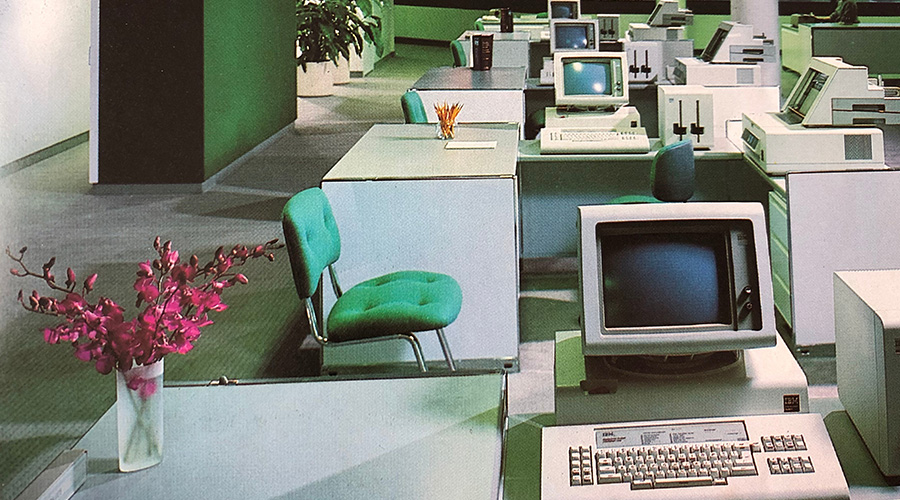SIDEBAR: What's Behind the Building Internet of Things Boom?
Part 4 of a 4-part article examining the role of startups in bringing Building Internet of Things tech to market.
There’s a one-word explanation for why the buildings industry has become such a magnet for startups: money. “It’s a very, very large market,” says Eric Klawuhn, vice president of product for one of those startups, View. “An opportunity from a business standpoint is what drives investment.”
Forecasts for the overall economic impact of the IoT are staggering. McKinsey gives a range of $3.9 trillion to $11.4 trillion by 2025. To put that number into perspective, consider that the size of the entire U.S. economy in 2014 was $17.4 trillion.
Estimates of the market for Building IoT products are orders of magnitude smaller, but that still puts the numbers in the hundreds of millions, even billions of dollars for products ranging from sensors to building automation systems. A study by Navigant Research, for example, sees the market for wireless sensors for commercial buildings, one key component of the Building IoT, rising to almost $750 million by 2025.
Regardless of the market potential, the Building IoT couldn’t take off without the connectivity and integration that can be found in most buildings today. For example, many Building IoT products take advantage of building automation systems, sometimes pulling data from the BAS, other times using the BAS to control some aspect of the building’s operation, still other times being controlled by the BAS.
Startups have other technological tailwinds speeding them to market. The falling costs and growing sophistication of sensors is making it possible to create denser networks of advanced sensors in buildings. And improved analytics can take advantage of the richer, more granular data those sensors provide.
What’s more, there are a variety of tools available to get an IoT startup off the ground. One example is computer hardware with the whimsical name of Raspberry Pi, developed in England to help children learn the basics of computer science. Today, Raspberry Pi has a module intended for commercial applications. “A lot of startups are actually coming to the space just leveraging Raspberry Pi and other open source Linux systems,” says Jason Burt, head of engineering for BuildPulse.
Those factors have combined to get Silicon Valley interested in bricks and mortar. And the technology sector brings a new set of resources to bear on pushing innovation in commercial and institutional buildings. “You have smart engineers who understand what can be done with the technology,” says Sanjiv Kaul, executive vice president of marketing for Enlighted. “You have smart venture capitalists with a lot of deep pockets who can put money into these companies. Then you have the flexibility and agility of a small company to constantly adjust and look at the market. Typically larger companies have to see the market actually happen before they jump in. Startups can take the risk.”
Add to that investors who, startups say, understand the need for patience in the building market, and you have a formula for disruptive change.
Related Topics:















